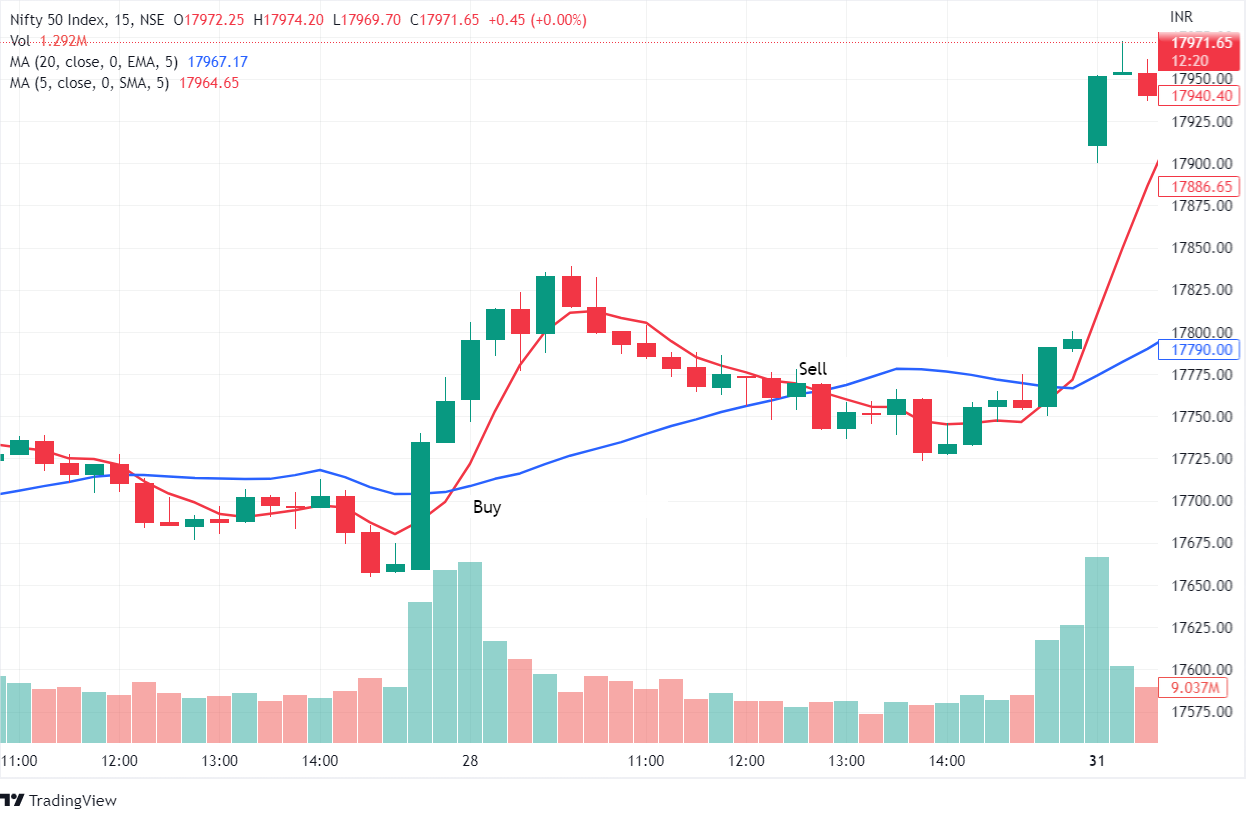A ULIP or Unit Linked Insurance Plan is one of the most sought-after investment options, preferred by a majority of individuals due to the dual set of benefits. Including some of the best ULIP plans in the financial portfolio allows you to get an insurance cover on life whilst also reaping the market-linked investment benefits, depending on the interest rates and associated perks.

The best ULIP plans are the ones that segregate the life insurance cover from the investment instrument of choice. While the typical insurance policy is more of a conventional offering, you can select your preferred mode of investment with ULIPs, depending on the market trends and individual inclinations.
ULIPs allow you to choose equity-centric funds, strategic debt funds, or a combination of sorts, based on your willingness to take risks. However, the efficacy of ULIPs does depend on the lock-in period, and it is necessary to take a closer look at it sto maximize profits.
What is a ULIP Lock-In Period?
Before we look into the concept of the lock-in period, we need to understand how ULIPs work. Like any other insurance plan, even a ULIP requires you to pay a premium towards a particular coverage. However, unlike typical insurance policies, ULIPs only use a certain portion of the insurance premium, whereas the remaining sum is dedicated to the preferred form of investment.
To procure the benefits of India’s best ULIP plans, you must clearly understand the concept of the lock-in period, which has been fixed at five years by the IRDAI. The lock-in period signifies that an individual cannot or shouldn’t make partial withdrawals before five years. As no liquidity is available before the lock-in phase expires, this concept actually gives you financial autonomy by restricting your withdrawal instincts.

The lock-in period ensures that the best ULIP plans work as excellent medium-term investment options, precisely by holding your money in the investment instrument of choice. The importance of lock-in can also be identified because the Insurance Regulatory and Development Authority of India scaled it up by two additional years in 2010.
Should the Lock-in Period be the Only Concern While Investing in a ULIP Plan?
As a recommendation, you must keep the ULIP active even after five years. Staying invested in the ULIP even after the lock-in period helps you add a long-term option to your investment portfolio. Moreover, the best ULIP plans allow you to pay premiums depending on your monthly income plans and, therefore, there isn’t any reason to exit the same hastily.
A good threshold for maximizing a ULIP plan’s benefits is to stay invested for at least 15 to even 20 years. Considering a Unit-linked Insurance Plan as a long-term investment policy is what works best towards amplifying returns.
Perils of Withdrawing before the Lock-In Period
Although most ULIP plans do not support partial or complete withdrawals during the lock-in tenure, certain plans offer flexibility but not without additional charges. Furthermore, suppose the policyholder doesn’t want to continue the policy after paying a few premiums and looks to make a premature withdrawal. In that case, the insurer considers the same as a DP or Discontinued policy.
Once the particular policy is earmarked as a DP, it isn’t liable for the ULIP benefits but can still attract a minimum guaranteed interest rate of 4 percent until the funds aren’t withdrawn. As a policyholder, you must understand that even if you surrender the policy after a year or two, the invested money, after residual charge deduction, is returned only after the lock-in phase.
Revival Phase
Your association with the best ULIP plans in India does not necessarily end upon policy discontinuation. The concerned individual is given the option to revive the policy within two years, calculated from the date associated with the first premium gap. If you wish to revive the policy after an epiphany of sorts, you must pay each one of the missed premiums plus the additional charges or rather penalties.
ULIP Lock-In: A Blessing in Disguise
Individuals with erratic financial habits can even negate the myriad benefits of the best ULIP plans. This is where the lock-in period comes in handy as it allows you to keep the funds locked for five years, thereby allowing the same to grow and contribute towards your financial well-being. The 5-year phase helps you realign your financial portfolio while injecting some sense in you regarding a long-term investment plan’s economics.
Moreover, the additional charges and penalties associated with premature surrenders and withdrawals further ensure that you try and keep the policy active and avoid losing out on the money. ULIPs are exceptional investment instruments, provided you are aware of the lock-in phase and the perils of getting out before the same expires.




